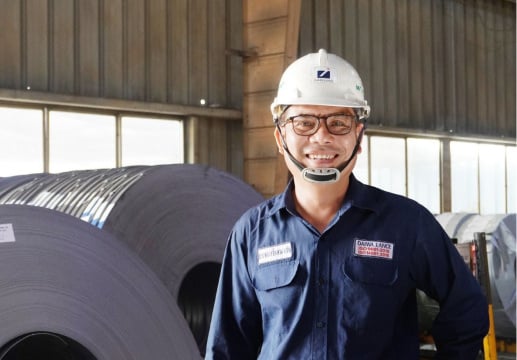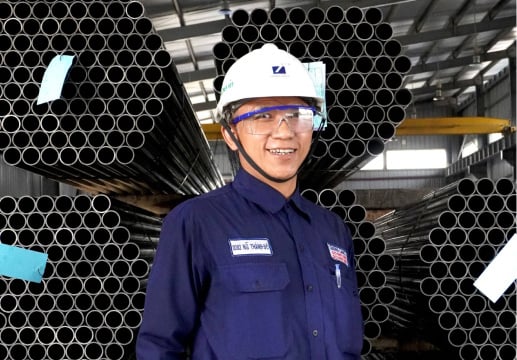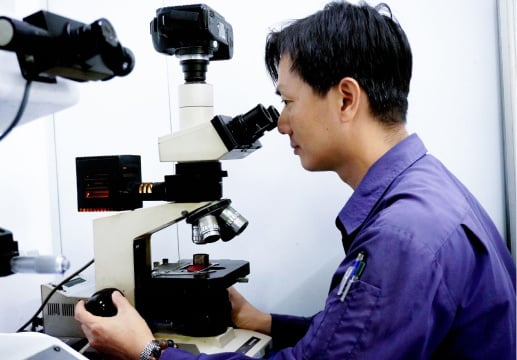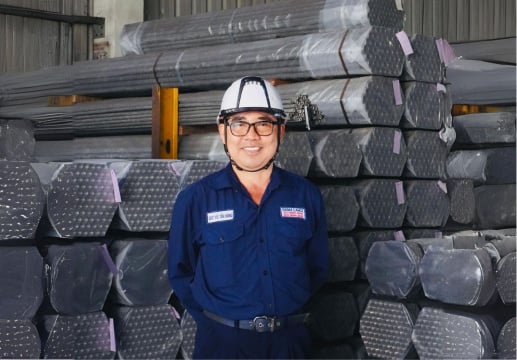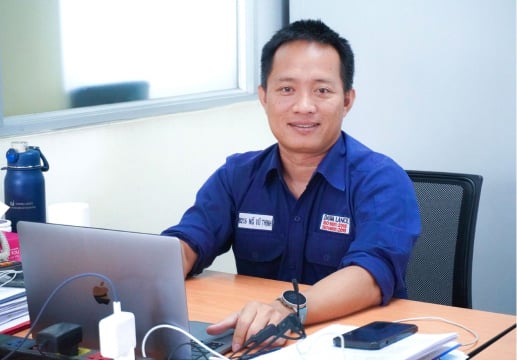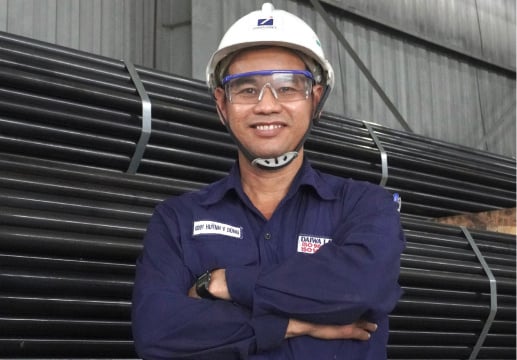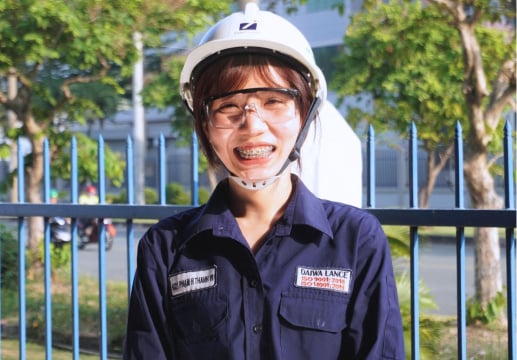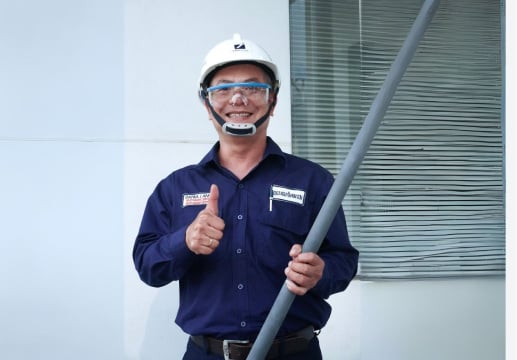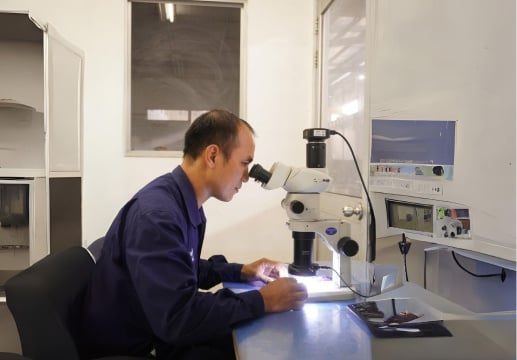Thermic Lance plays a crucial role in demolishing and burning applications, particularly in the steel and foundry industries. To achieve optimal efficiency in cleaning and burning to melt heavy and large-sized materials stuck in the furnaces or scrapyards, we designs Thermic Lances in two distinct types: Type W and Type T.
Knowing that understanding the differences between these two types is essential for selecting the most suitable option for your operations, we have detailed their distinctions in the article. Please take a look at the following blog for more in-depth knowledge.

Material Composition and Structure
Type W Thermic Lance
Type W Thermic Lance, on the other hand, is fully filled with wires inside the steel pipe, ensuring a stable, continuous burning process and wide flame when supplied with oxygen. In addition, Thermic Lance Type W provides high thermal energy during combustion.

Type T Thermic Lance
Type T Thermic Lance is designed with a partially filled structure, featuring a combination of wires and a small inner steel pipe within the outer steel pipe. This structure enables the lance to generate a high-speed, straight flame, effectively splashing out materials to create holes or break them apart rapidly.
The special small inner steel pipe placed at the center of the pipe generates strong and concentrated energy during cutting. This enhances its ability to cut through hard-to-cut metal objects such as steel, cast iron, concrete, non-ferrous metals, and more.

RELATED POST
Dimension and Weight
For the dimension and weight, generally, there is no huge difference between Type W and Type T. However, due to the fully packed steel wires inside, the weight of Type W is a little bit heavier than type T for the same size. For example, with an OD of 17.3 mm, Thermic Lance Type T will weigh approximately 1.47 kg, while Thermic Lance Type W weighs about 1.52 kg. In this case, Type W is 3.4% heavier than the Type T steel pipe.
In Daiwa Lance, the dimension and weight can be provided as below:

Burning Performance
Burning Capability
Type W: Delivers a big heat source with a wide coverage area, making it suitable for cleaning slags in furnaces and scrapyards.
(Note: With such a wide coverage, we recommend maintaining a minimum safe distance of 1 meter from the object being cut like in the picture below.)

Type T: Generates strong and concentrated energy, accelerating the cutting process quickly and efficiently, especially for large and difficult-to-cut objects.

Oxygen Consumption
Type W: Type W uses less oxygen than Type T because there are many wires inside, resulting in smaller gaps and less oxygen consumption. In addition, Type W also requires a higher oxygen pressure to make sure that the oxygen source is still enough for burning when it runs from one end to the other end of the pipe.
Type T: Due to the small inner steel pipe placed at the center of the lance, which creates more space, oxygen consumption is higher.
For example, consider the use of Thermic Lance Type W and Type T, both with an outer diameter (OD) of 17.3mm (10A), to cut the same material—SS400-grade steel with a thickness of 80mm. To ensure efficient cutting, we set the oxygen pressure to 11 bar. After carrying out the test, the results were recorded as follows.
The oxygen flow rate for Thermic Lance Type W is 16 m³/h, while for Type T, it is 25 m³/h. This data indicates that the oxygen flow rate of Type T is 1.56 times higher than that of Type W, which corresponds to a higher oxygen consumption for Type T compared to Type W.
Recommended Application
Type W: Commonly used for cutting stainless steel scraps, concrete, non-ferrous metals, and other materials that required extremely high melting temperatures.
Type T: Specialized in scrap cutting of metals, concrete, non-ferrous metals, and oil rigs. Especially in areas where fast cutting speed is required.

Conclusion
Selecting the appropriate Thermic Lance depends on the material you need to cut and the operational environment. If you require a controlled, efficient and quick cutting process for metals, Type T is the optimal choice. Conversely, if you need to tackle high-resistance materials with extreme heat, Type W offers superior performance.
At Daiwa Lance, we provide high-quality Thermic Lances tailored to diverse industrial needs. Contact us to explore our product range and find the best solution for your cutting applications.
- Category:
- Daiwa Lance Products
- Keyword:
- introduction to thermic lance








